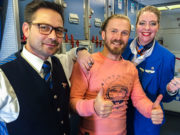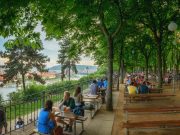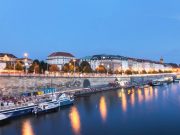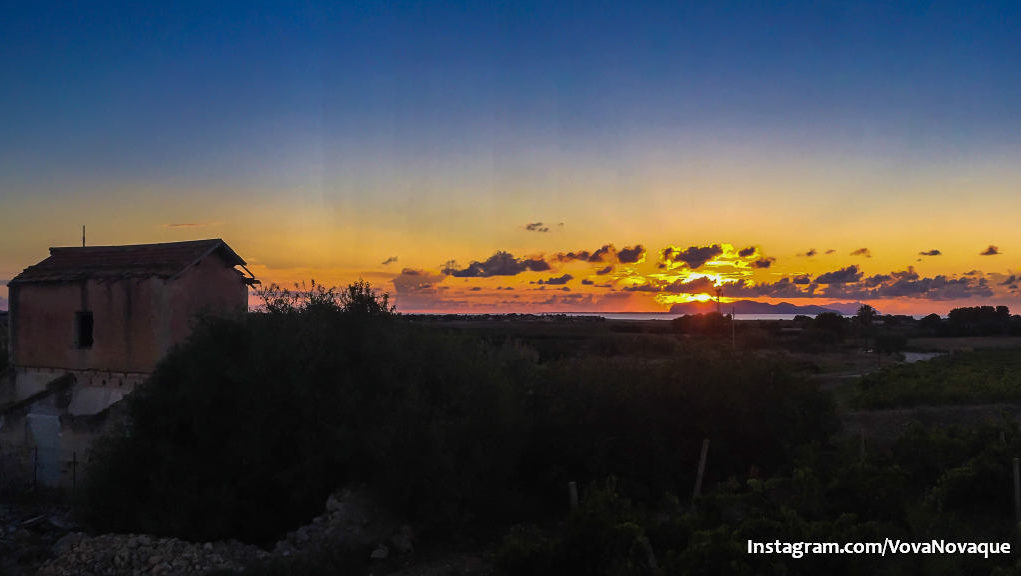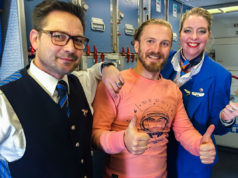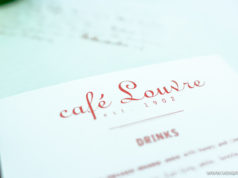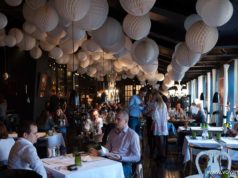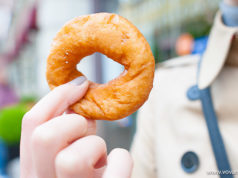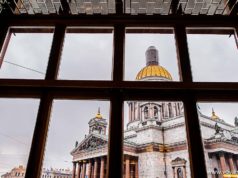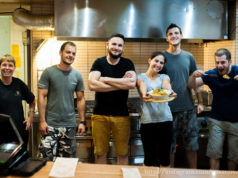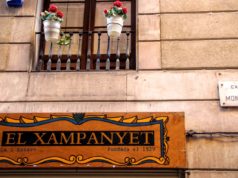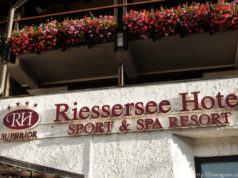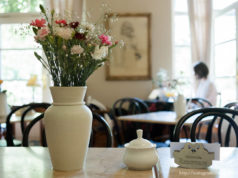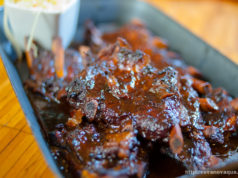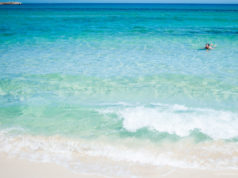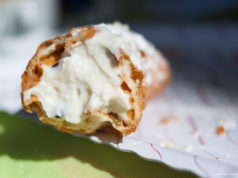Traveling brings not only relax, but also work. Work and travel is a famous program, which helps people to see the world and earn money. Together with my friend Artur we invented our own program. We traveled to Trapani. There we helped locals to harvest olives. As a result we brought home some good quality olive oil from Sicily and a lot of stories to tell.
It was an incredible opportunity to see a bit of Sicily (or as locals say: Sicilia), to discover the taste of world known food and to communicate with these lucky people living on this holy isle.
November in Trapani
We started the trip from Rome. It takes about 40 minutes of flight from Italian’s capital to Sicily. Landing was soft, but as usually in Italy with applauds. That crazy behavior tuned me to the right mood. Our friend Maria met us at the airport Vincenzo Florio
Mario is over 60. But as any local he is a very active and energetic person. He speaks only Italian. And the first word he taught me was Mangiare — in English to eat.
Though it was November the sun was burning the flat area near Trapani and my iPhone showed +28
Sicilian breakfast
We arrived at a small village Salina Grande and dropped in to a local Bar. This is the place where people get together for a coffee and something sweet. Sicilian bar has nothing to do with any other bar you have been to. These places are more about coffee and pastry.
It was around 9 a.m. and we had a traditional breakfast: cappuccino with Biscotti di Pasta di Mandorle – Almond paste cookies. A perfect start of the day!
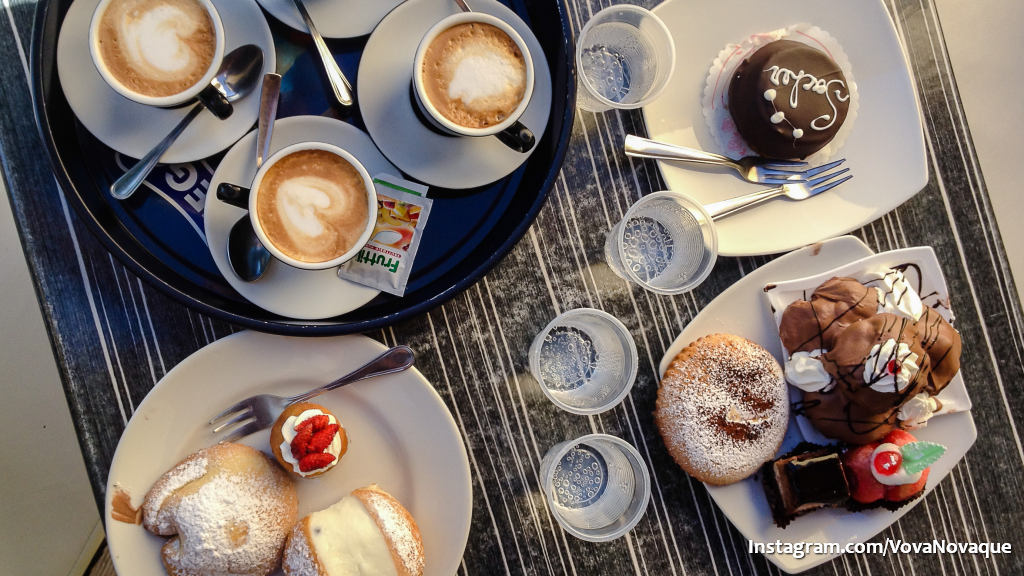
Picking up olives
Mario picked us up from the guest house he owns with his wife Antonella. It was a 5 minutes drive to the olive plantation. Small olive trees grow absolutely everywhere in Sicily. Why? Because the soil gives the trees all the minerals they need. And the sun provides enough light for them to grow.
November is the harvest time in Trapani. Therefore families get together (those who has plantation) and go to pick up olives. Those who makes business on olive oil, hire workers. Mario was joking that he was the best businessman in the area, because he managed to hire for free two first-class workers.
How to harvest?
Our original plan was to spend a week in Trapani, working hard and getting deeper in Sicilian culture. Unfortunately that year was too dry and the plantation didn’t bring as many olives as expected. Therefore our work and travel week turned into: work one day and travel all the rest of time.
Frankly speaking we were not too disappointed with this fact, since there are so many places of interest around Trapani.
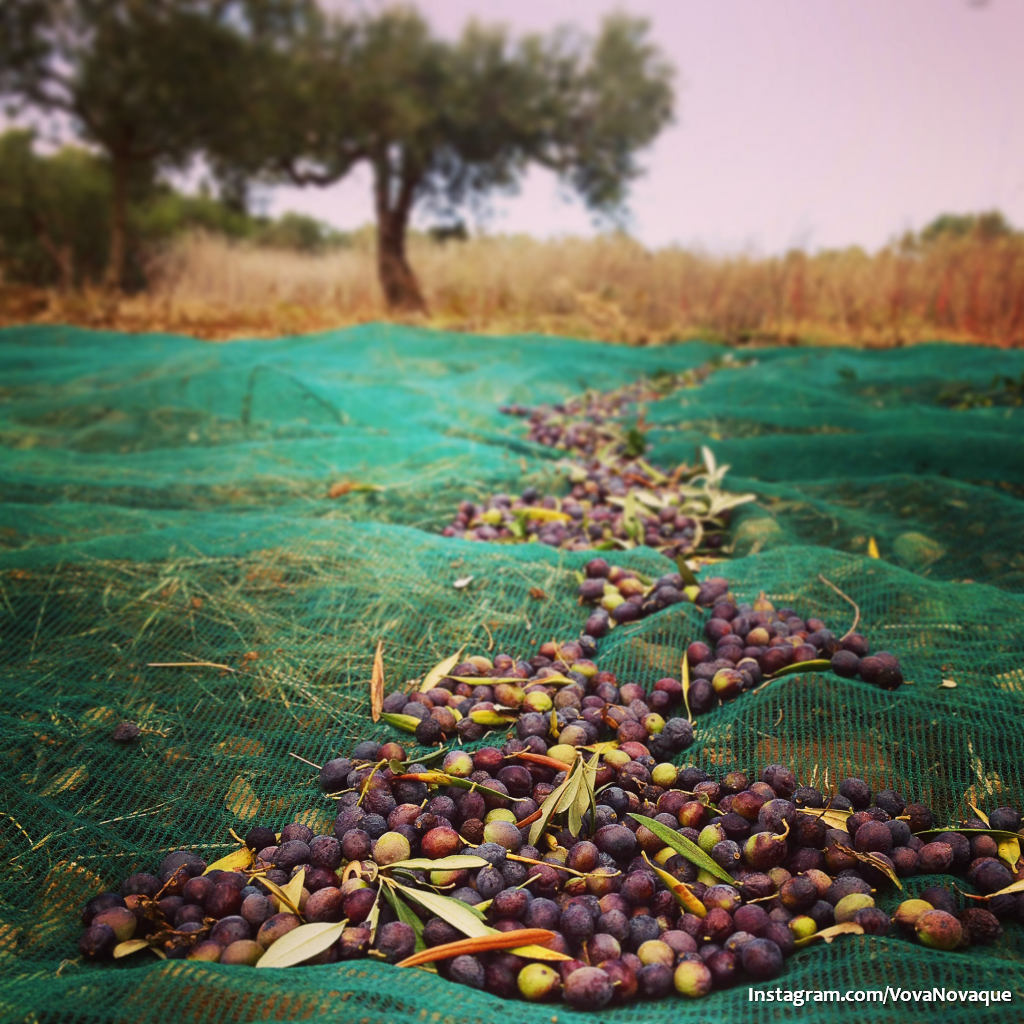
But let’s get back to harvesting. As a result the working day took us about 5 hours. But! Due to the language issue, the introduction part was quite long.
We spoke Italian on the same level as Mario spoke English. But our Sicilian master wanted to be sure we understood everything correct. And to be sure that we understood everything correct Mario used to repeat all the procedures sometimes at least for three times only.
So even now, if you wake me up at night and ask «How to pick up olives?» I’ll give you the detailed instructions.
How do they make olive oil?
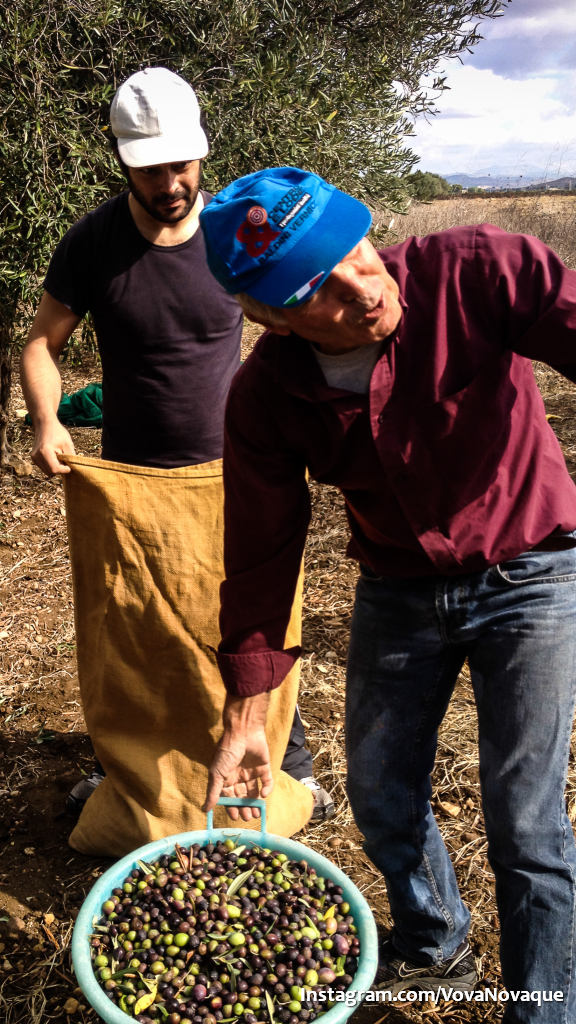
The most interesting part started in the evening, when we brought a 60 kilo sack to a local oil press factory. Since it was high season, we had to queue for a while. There were about 5-6 families waiting for their oil to be squeezed. And I could clearly feel the festive atmosphere inside the building.
Because for Sicilian families natural olive oil is a part of daily life. Roughly, consumption for 3-4 people per month is about 2-3 liters.
Do they drink it? No, only cook, but they cook a lot. Her is the video about how to make natural olive oil:
- washing;
- smashing;
- squeezing.
That was our first the only working day in Sicily. And in two days we were invited for dinner to Mario and his family. To tell the truth I could not have expected such a turn of events. According to all the books I’ve read and movies I’ve watched, Sicilians invite to their houses only closest friends and relatives. So no need to say how deep our surprise was to be invited to Mario’s family house.
Traditional Sicilian dinner
It was a fantastic meal, cooked according to all Sicilian tradition with passion and only natural products. While Antonella was finishing the dishes, Mario was tell us about all the local shops he visited to buy the products. For example, he would never buy bread in a supermarket, instead he goes to a small bakery.
Bread in a supermarket is ok, but in the local bakery bread is “numero uno”. The same with fruit and vegetables. Supermarket is ok, but a little greengrocery is “numero uno”. So we called that dinner: NUMERO UNO is Sicilia.
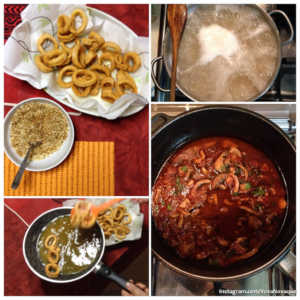
It was that very rare situation when both my camera and my phone were put away. Therefore I have only this collage of pictures I could snook during preparation.
Antipasti
As a starter we had some nuts with lemonade. And finally the main dishes started to arrive on the table. These crispy rounds in the picture are cuttlefish in breading cooked in that very olive oil we made that day.
Pasta and sea food
There was pasta traditional to this part of Sicily — capunti. This kind is quite hard and should be cooked for about 15 minutes. Together with tomato sauce, with cuttlefish it was a real song to our stomachs. The second main dish was home marinated bonito.
During the feast we were drinking Panteleria wines carefully selected by Mario in a local wine house.
Dolce
Dolce (from Italian – sweet) with coffee was the last thing I could eat. And as guests, we were responsible for the desert. We dropped into a small cake-shop and bought traditional Sicilian cassata cake. I even can hardly remember how much I ate. It was so good!
Travel and travel
The rest of the week was all about traveling. We were in Palermo and discovered Arabic quarters and tasted some local food. A huge boat took us to the island with incredible lagoons. That was Favignana island.
And also we visited an ancient town on the top of the hill — Erice. I completely forgot about sea salt museum. As you see any work can be a real fun and joy! For the following year I was cooking with the olive oil from Trapani.
